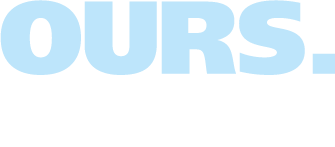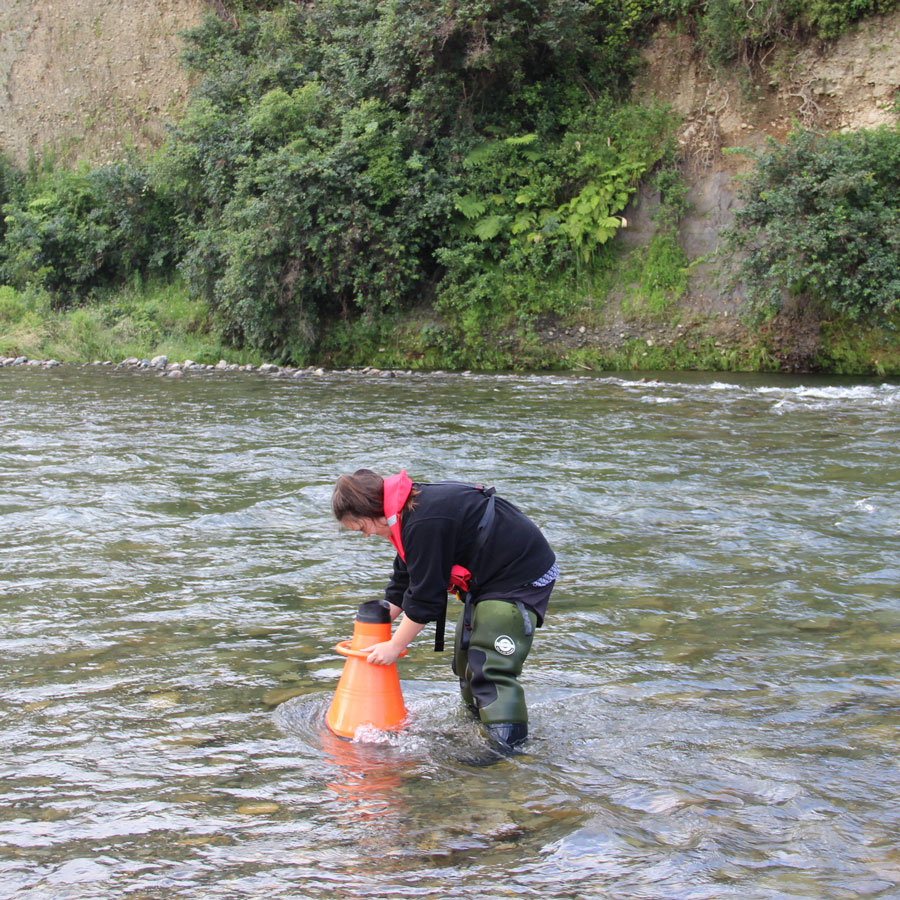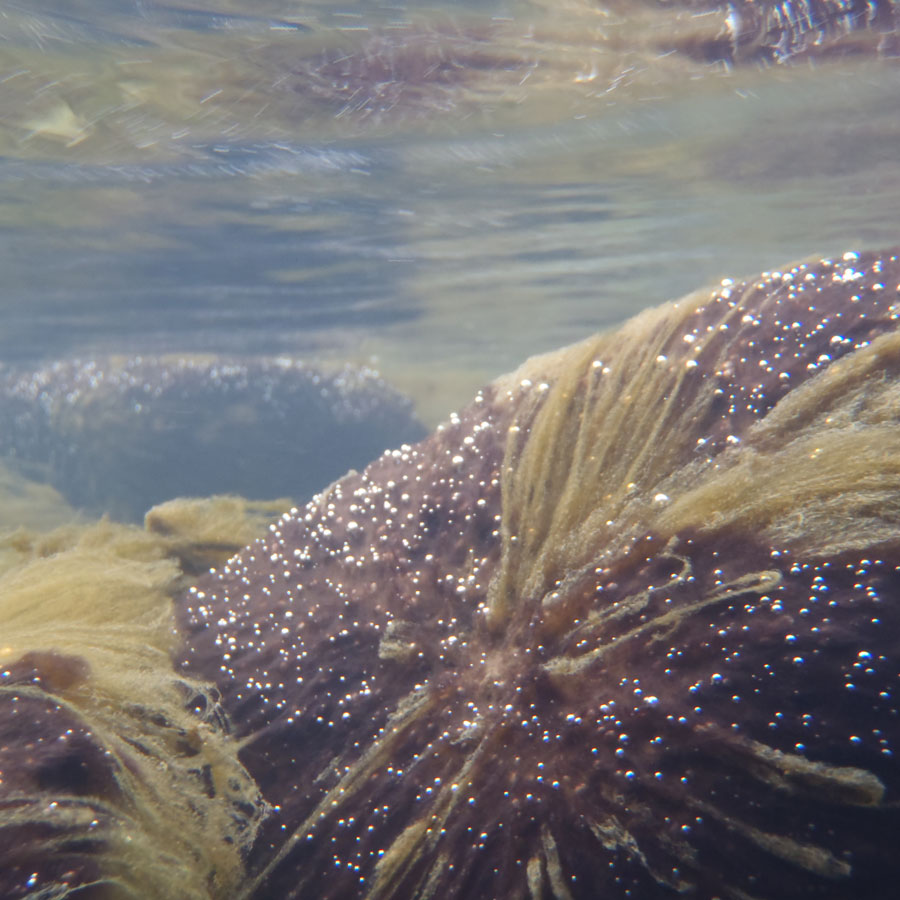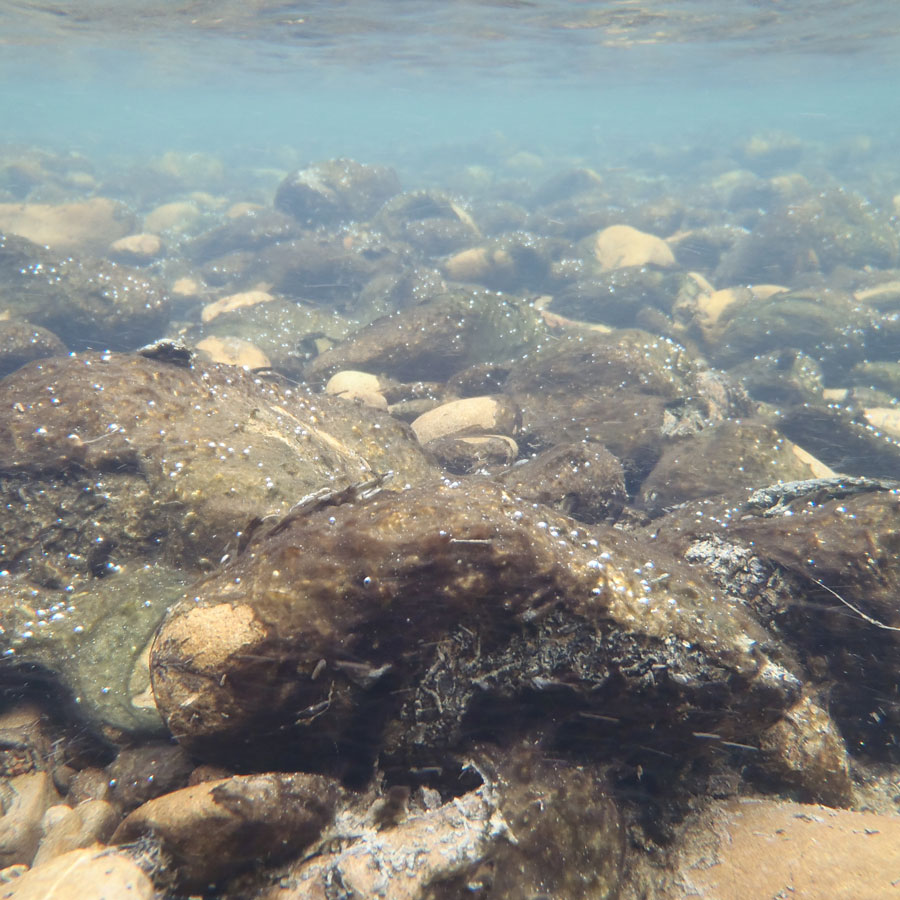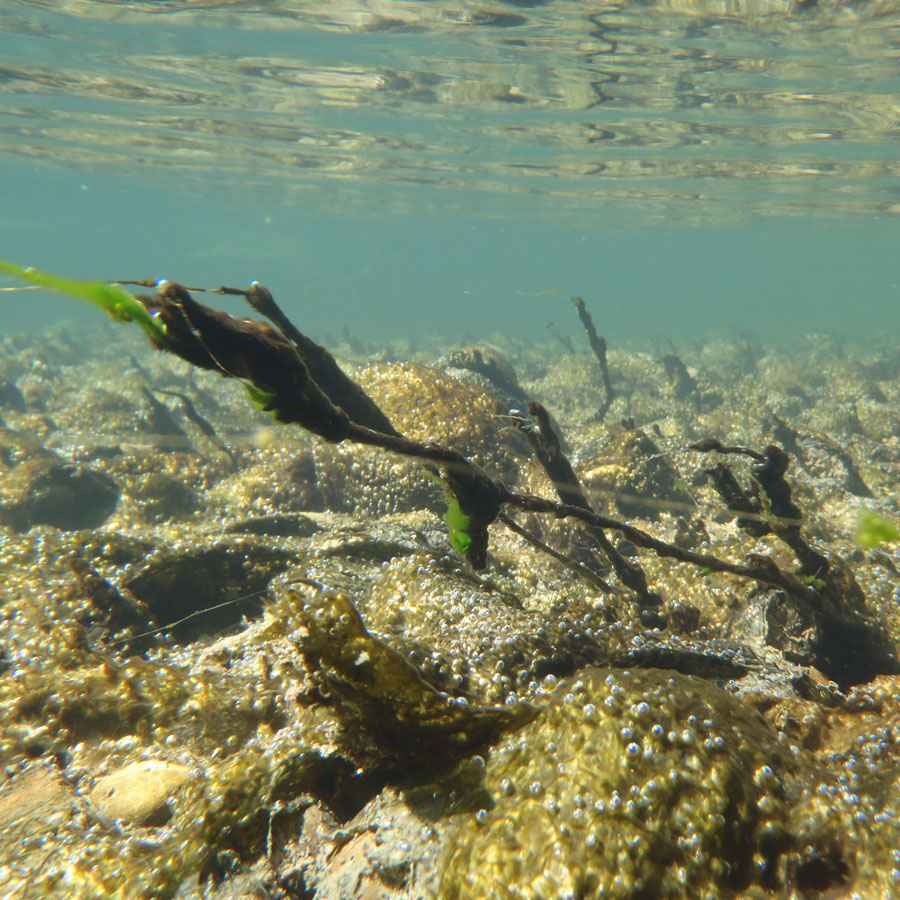Periphyton is the mix of algae, fungi, and bacteria which grow on the beds of our rivers, lakes and streams. While some algae are necessary for our ecosystems to flourish, too much can have the opposite effect.
Periphyton is a key issue for water quality in the Manawatū-Whanganui Region. Horizons Regional Council has the most comprehensive periphyton monitoring programme of all the regions in New Zealand.
Excess algal growth can lead to:
- Smothering of a riverbed, changing the invertebrate community
- Reduction in the availability of food for fish
- Altered oxygen levels available for aquatic communities
- Change in the natural conditions – such as pH of the water
Horizons recently commissioned Land Water People (LWP) to assess water quality state and trends across the region, you can find out more algae in the Manawatū-Whanganui Region and download the full report here.
Te whakahaere huapiri kirikiri i te awa o Manawatū me ōna manga
Managing periphyton in the Manawatū Catchment
High nutrient levels, stable river flows, high water temperatures, sunlight and stable river beds all encourage the growth of algae in our waterways. In order to manage these factors, Accord members have supported work such as upgrades to wastewater treatment plants, stream planting and fencing, reducing sediment via hill country planting, and erosion control.
To manage and track the use of water in the catchment and prevent over-use an allocation framework for surface and groundwater has been established. There is a high level of automated reporting of water use data with compliance checking completed automatically each day.
Water takes outside of the core allocation limits in the catchment have the potential to reduce the flow variability, which affects algal growth. Work to reduce the number of areas within the Manawatū Catchment that are over allocated has been ongoing with most of the sub-zones now within their allocation limit. In particular, the Raparapawai Stream which was 75 per cent over its allocation limit is now back within the limit set to maintain the values of the stream.
A key part of managing periphyton in the Manawatu catchment is reducing the inputs of nutrients (nitrogen and phosphorus) into the rivers and streams of the catchment. During the life of the accord, Horizons have established through the One Plan a policy framework for managing intensive land uses such as dairy farming, horticulture, cropping and irrigated sheep and beef farms requiring consents that limit the amount of nitrogen losses from these land uses in some parts of the catchment. The rules also apply to all new conversions to these intensive land uses in the catchments. Further measures to reduce nutrient inputs to the Manawatū include the new rules of the One Plan around management of point source discharges such as discharges of treated water wastewater from towns and industries to the river and its tributaries. Over the life of the Accord the number of treated discharges to water has reduced, with some being centralised to more advanced treatment plants and some moving to partial or full land discharge. A range of treatment plants have had treatment upgrades during the life of the accord and some sites are currently working through further upgrades. Another measure to reduce nutrient inputs to rivers is the Sustainable Land Use Initiative (SLUI) which works to reduce hill country erosion. A significant amount of phosphorus input to the Manawatū is through sediment movement into the river and the efforts of the SLUI programme work to reduce these sediment and phosphorus inputs.
Data from Horizons’ swim spot monitoring programme is an open data source and feeds into a large network of research. Institutes and Universities across New Zealand are using the data to understand what causes cyanobacteria to bloom excessively and how to manage it; as well as why some blooms produce toxins and others do not, and how these blooms affect New Zealand’s aquatic ecosystem.
Between 2011 and 2013 Horizons undertook weekly monitoring of cyanobacteria (primarily phormidium sp.) at 10 sites within the Manawatū Catchment. The intent of this was to figure out when cyanobacteria will bloom and when it produces toxins, and what things may be causing this. The results of this study were published in the Freshwater Science journal, the findings indicate that parameters such as seasonal conditions, water temperature, water chemistry, conductivity, and flow conditions are all important regulators of phormidium growth and toxin production.
If you want to see the water quality monitoring going on in your area take a look at our See Progress Map.
Ngā pūkohu wai, he wā ōna ka tāoke
Potentially toxic algae
Phormidium is a type of algae, it is naturally occurring but can become a problem in excessive levels. An increasing number of phormidium species are known to produce toxins. These natural toxins, known as cyanotoxins, can be a threat to humans and animals if eaten or licked, or when water containing the toxins is swallowed. The conditions for when they can become toxic is not well understood, and the levels of toxicity can only be determined by laboratory testing. This is why it is safest to treat all of the phormidium blooms as if they are toxic at all times. Check out the video below or visit the LAWA website to find out more about phormidium.
While most algae, excluding phormidium, is not harmful, it is important to manage levels to protect habitat and recreational suitability of our waterways. Horizons Regional Council monitors 38 sites across the Manawatū Catchment on a monthly basis to track state and trends of algal growth. This monitoring alongside the council’s State of the Environment monitoring programme also helps us to understand what is driving excessive algal growths.
Levels of phormidium are also monitored on a weekly basis during the swim season as part of the Horizons’ swim spot monitoring programme. The goal of this monitoring is to protect the community from toxic algae, if you see algal blooms in the Manawatū Catchment that look like phormidium please call Horizons’ freephone pollution hotline 0508 800 800 so it can be investigated. When you’re visiting the awa keep an eye out for signage warning about the presence of toxic algae, if you see signs avoid taking dogs to the area and don’t go swimming.
While most algae, excluding phormidium, is not harmful, it is important to manage levels to protect habitat and recreational suitability of our waterways. Horizons Regional Council monitors 38 sites across the Manawatū Catchment on a monthly basis to track state and trends of algal growth. This monitoring alongside the Council’s State of the Environment monitoring programme also helps us to understand what is driving excessive algal growths.
While we monitor popular swim spots for phormidium during the swim season we can’t monitor everywhere. If musty smelling, black slimy mat-like growths are observed on river bed stones during low river flows, it is safest for you and your dog to avoid using the river.
Rangahau
Research
Manawatū-Whanganui Regional water quality state and trends 2018
An independent region-wide review of water quality by Land Water People, commissioned by Accord member Horizons Regional Council, released in 2018.
Stimulation of river periphyton growth by ammoniacal-N vs. nitrate-N, 2018
This study investigated whether increasing concentrations or proportions of ammoniacal nitrogen (NH4-N) in river waters below the levels known to be toxic to aquatic life lead to faster periphyton growth and greater biomass than equivalent increases in nitrate-nitrogen (NO3-N).
Periphyton – Environment Relationships in the Manawatū-Whanganui Region, 2018
This study, delivered by NIWA in partnership with DairyNZ and Horizons, explored the significance and strength of relationships between environmental factors and periphyton growth in the Horizons Region.
Periphyton in the Manawatū-Whanganui region, 2016
This study assessed the state and trends of periphyton in the Horizons Region, it was developed in 2016 by the National Institute of Water & Atmospheric Research (NIWA) for Horizons Regional Council.
